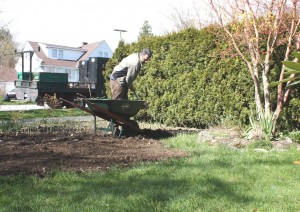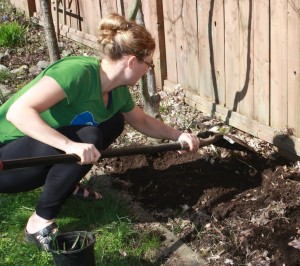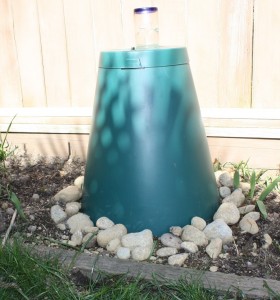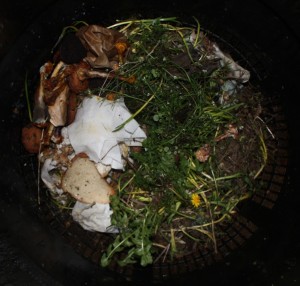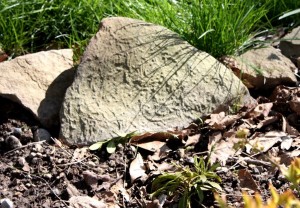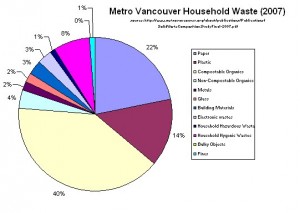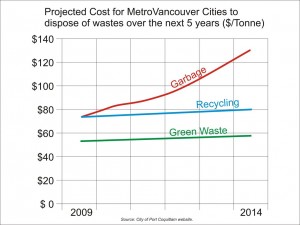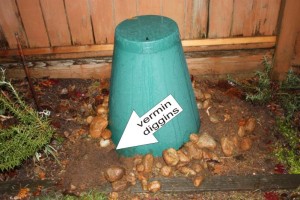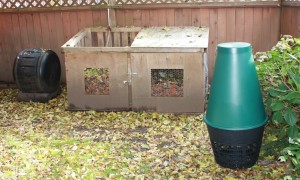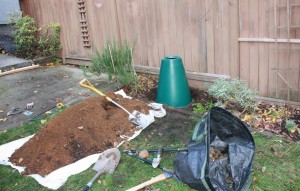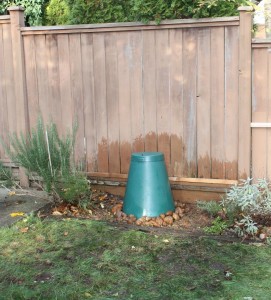The Gardening season is pretty late this year. Although some early plants (lettuce, radishes, carrots) have been in the ground for almost a month, nothing is showing at the surface yet. The only green I have in my garden is last fall’s onions and garlic, and a heck of a lot of chickweed (where does that stuff come from?). But this last weekend was warm and sunny, so much untended garden was now tended to.
We had a lot of well-digested compost, so I spent much of Sunday hauling it out, spreading it, then cutting and raking it in. Fun stuff, but working with well-worn compost is much more pleasant than working with manure, and there is some satisfaction in using the free fertilizer that might have otherwise gone to the curb, not to mention giving the few remaining worms their freedom.
?
? This year we are starting our Cukes, Tomatoes, Zucchini and Peppers inside, instead of buying young plants. Many of the tomatoes are last year’s seeds. We also collected carrot seeds last year, along with fennel and coriander, although we have actually eaten most of the last two…
The spring is also weeding time, as we slowly wage war against the creeping buttercup and blue bells. There are places in our back yard where you turn over the soil and hit a layer about 8” down of solid bulbs. I’m sure the flowers were beautiful at one point, but now they are just voracious, crowd everything else out, and create this non-permeable layer that hurts the yard’s drainage, leading to moss in what is generally really sandy, well-drained storage. Here is The iCandy using an oversized tool for an oversized job.
Some of the weeds are going in the Green Cone. The weather is starting to warm up, and the sun is getting longer in the day, so the cone is getting warm and the digestion has noticeable sped up. The water glass here was hardly boiling, but the fact the Breadwinner would rest her drinking glass on it is proof that the digester doesn’t smell.
A look inside, and you can see the Cone Salad is a not-unhealthy mix of bones, breads, and weeds.
I’m not ready to declare the Green Cone a success or a failure: it seems to me that the material did not digest at the rate I would expect over the winter, we will see if the summer heat helps before I make a decision on this thing. Regardless, all of the bones and breads we have tossed in the last 5 months have gone into this thing, along with quite a few weeds, and we are no-where near full yet, or even over the top of the “basket” level, which is what I would consider functionally full. Jury’s out on the Green Cone, more to come.
I am clearly an amateur at gardening, and I really need to start reading up on it to improve my yields, but the learn-as-you go thing has some appeal. The only part of my garden that I really understand are the rocks in it. Most of them are samples from my Masters thesis, where I mapped some Cretaceous sedimentary rocks on the Gulf Islands. Others are rocks I just picked up in my travels, because they were nice looking, or they had some significance.
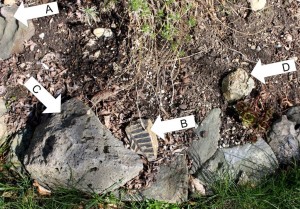 |
| Click to Geologic-size |
This pic from my front yard has (A) a big hunk of clearly fully-marine upper Comox Formation sandstone with a big oyster fossil in it, from the vicinity of Sidney Island; (B) a smaller piece of Comox where it is it more estuarine or marginal marine, with a well-preserved fern impression, probably 95-odd million years old, from Brethour Island; (D) a big piece of Eocene Cedar Formation basalt or andesite, from Merritt BC, where there were large shield volcanoes around 50 million years ago; and (D) a hunk of ugly Extension formation fosiliferous pebble conglomerate from Piers Island.
But I like this rock even more. It is a piece of sandstone from Sidney Island, Comox Formation, probably 95 Million years old or so. But notice the funny weathering pattern on the surface? Is isn’t only on the surface but runs through the entire rock, and it is a “trace fossil”, referred to as Macaronichnus segregatis. Yes, “segregated macaroni-tubes”. But it isn’t just the fossil name I like, I like this trace because it is diagnostic.
M. segregatis is made by polychete worms, colloquially “bloodworms”, as they sift through the sand on the wet part of the beach, sucking biofilm sustenance off of the quartz and feldspar grains while preferentially avoiding the micas and other dark grains, leaving very faint “tubes” of quartz and feldspar surrounded by micas, which differentially weather and stick out like a sore thumb. Or like a bowl of spaghetti. We can see modern polychetes doing this on beaches today. What is cool about this is that these animals are specialists; they are one of the few animals happy to be living in the high-energy “swash zone” of the beach. So when you find M. segregatis, you always know you have found the fossil beach deposits. That means the rocks conformably above it are always fully marine in a transgressive regime (rising sea levels) or are terrestrial in a regressive regime (falling sea levels). When someone asks a sedimentologist how he knows where the beach was 95 million years ago, he can say “Macaronichnus segregatis, my friend”. If he finds some handy cross-beds nearby, he can even point at which direction the sea was. Presuming, of course, some jerk in the intervening 95 million years hasn’t picked the rock up and used it as a corner piece in his rock garden.
Spring has sprung, and a middle-aged man’s mind turns to geology…
